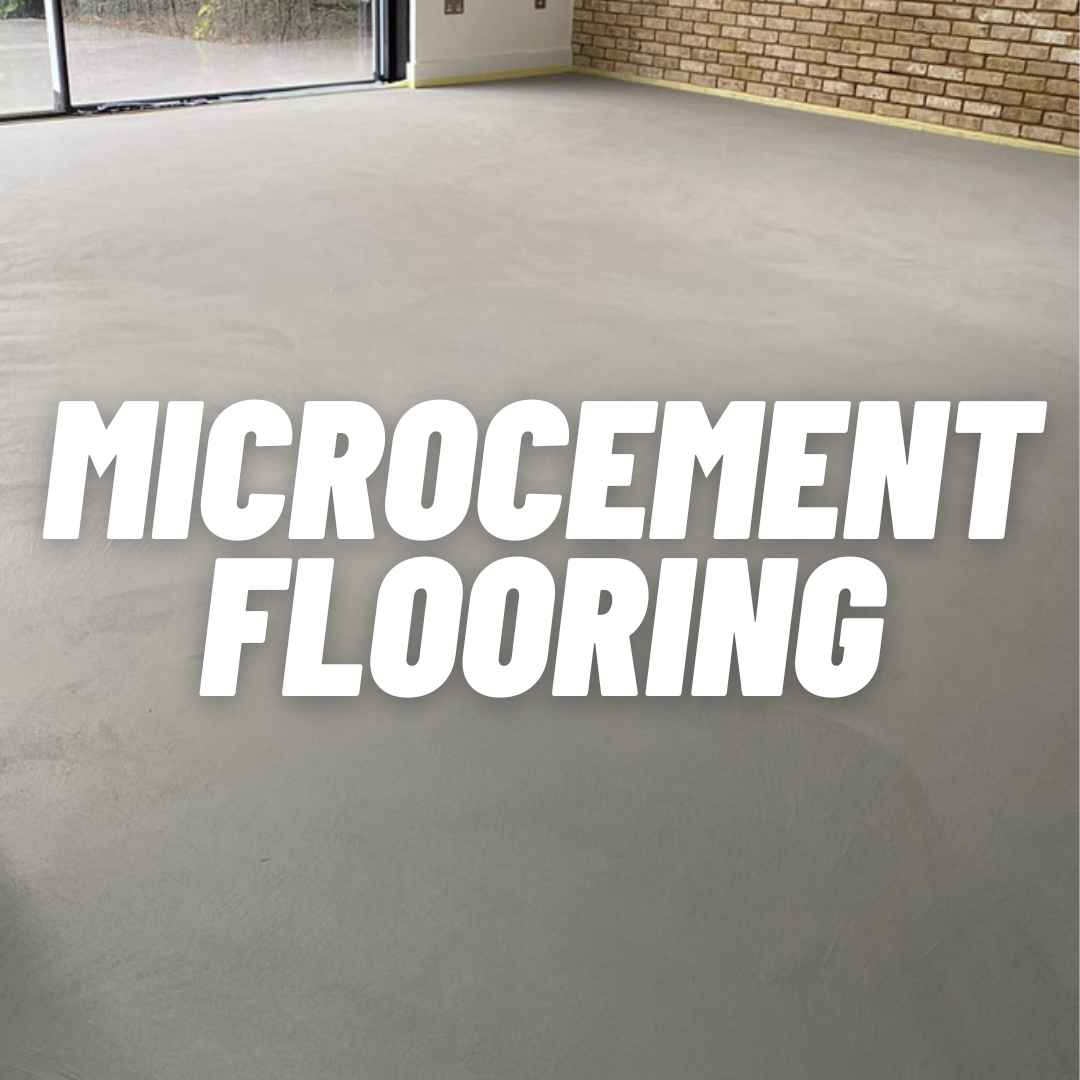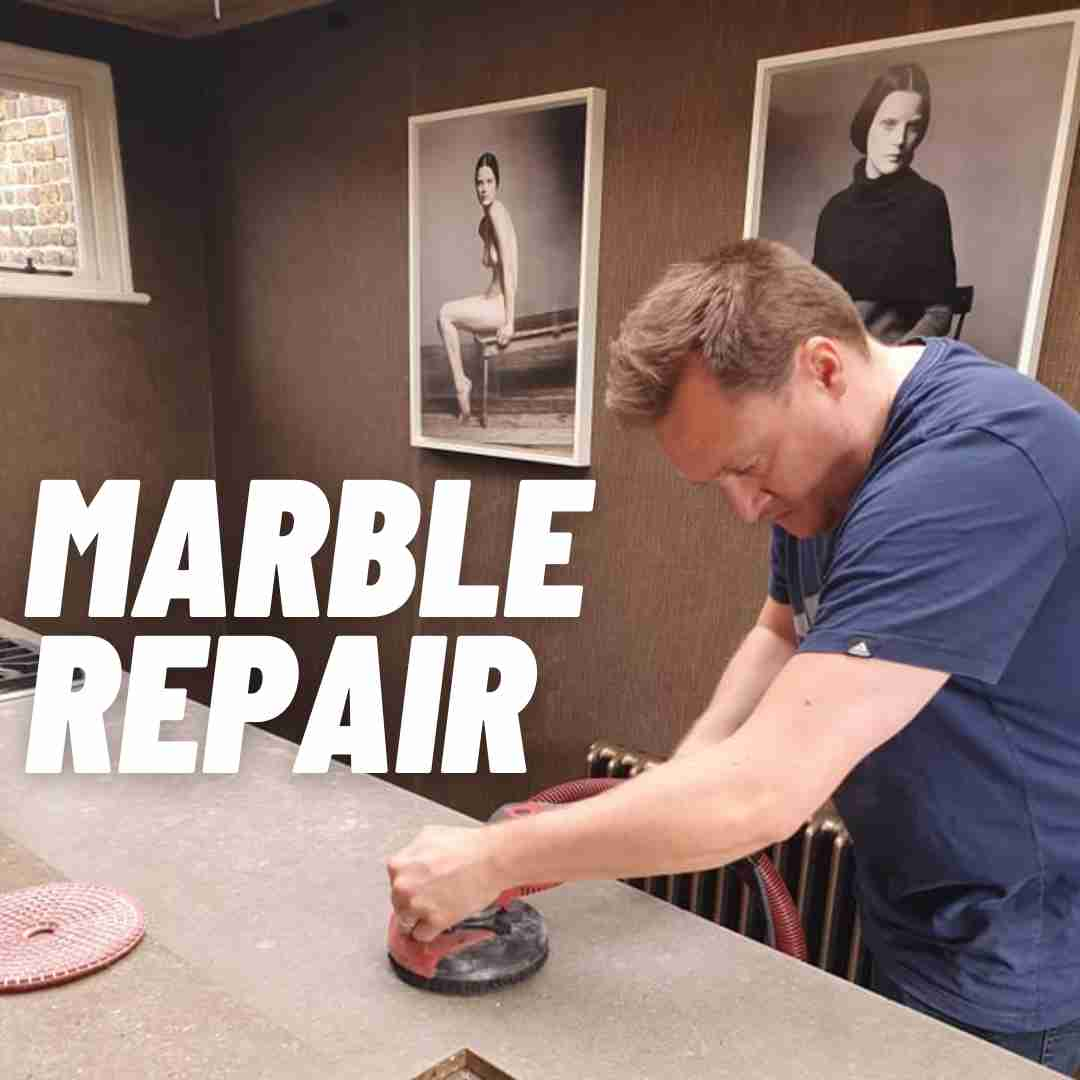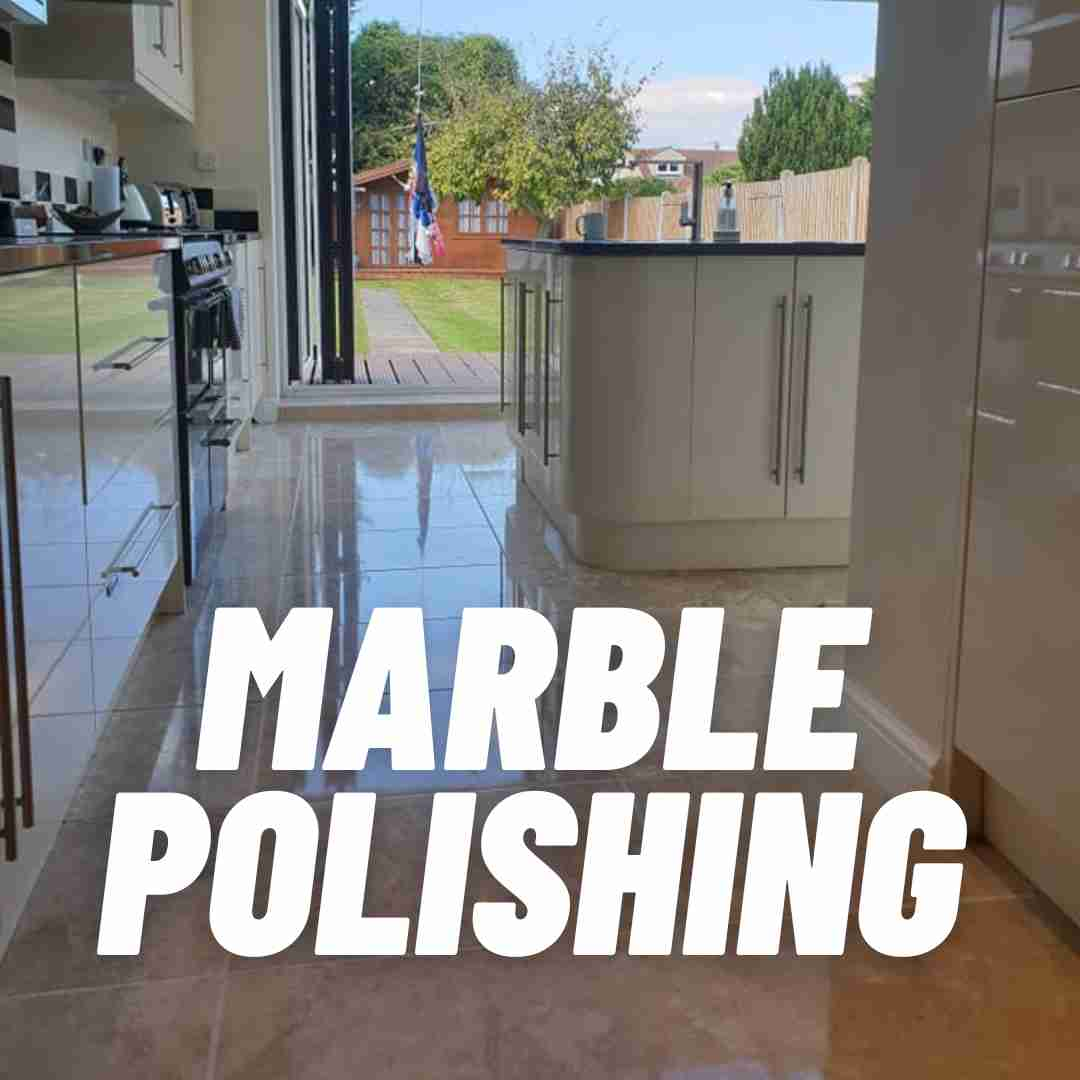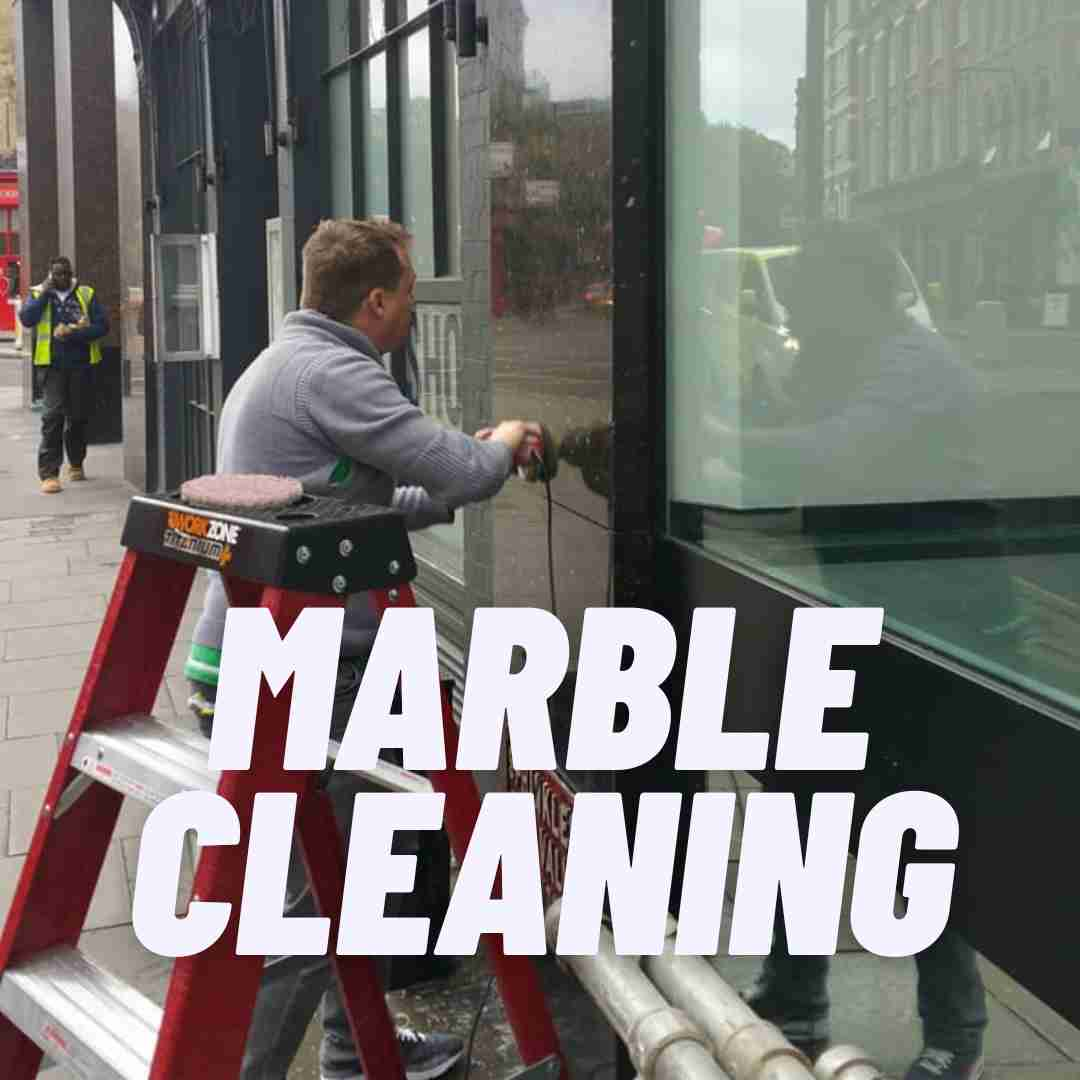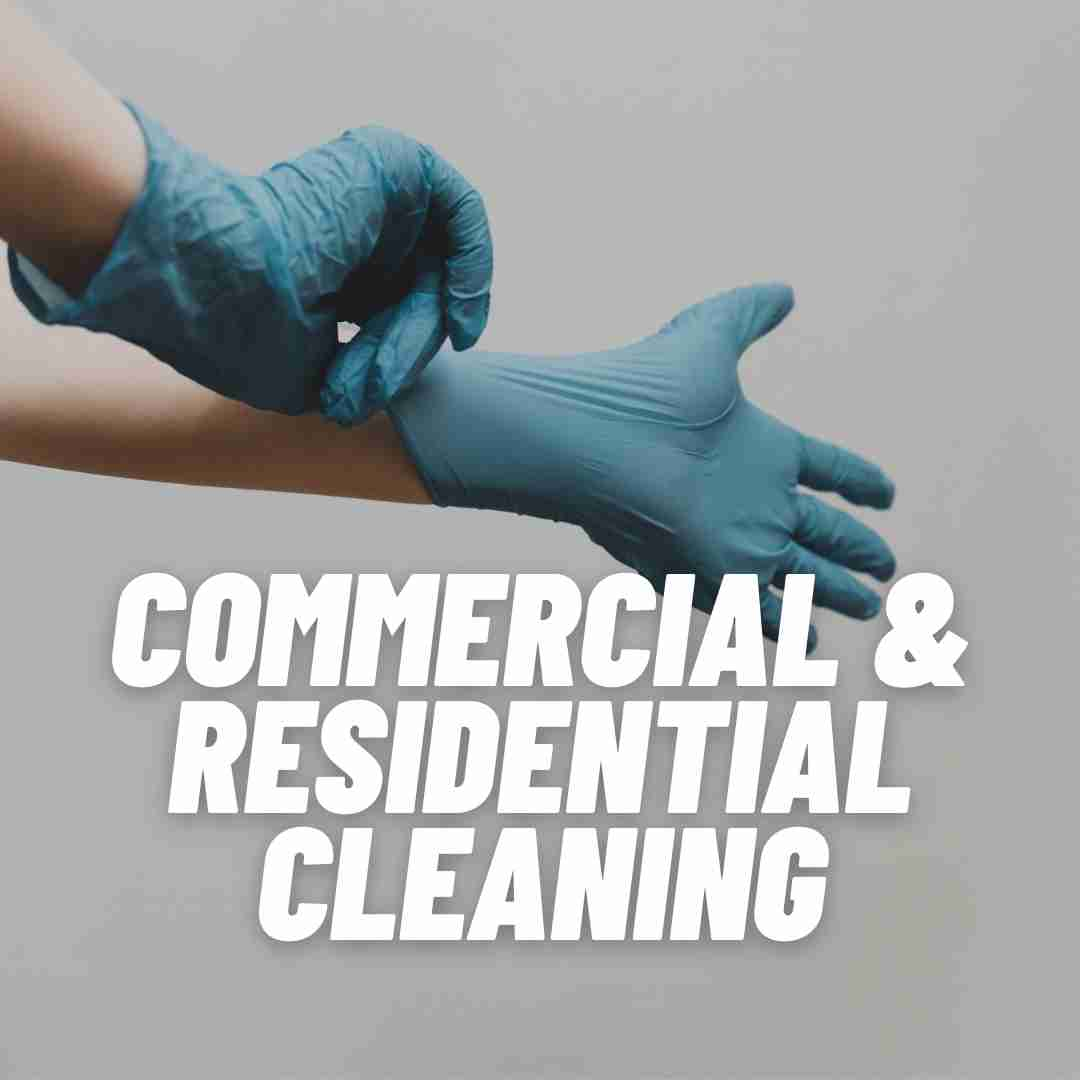Detailed Definition of Microcement FlooringMicrocement flooring is a versatile and innovative building material that combines the durability of concrete with the aesthetic appeal of marble or tiles. It is made from a combination of cement, polymers, additives, and pigments, giving it exceptional strength and a smooth finish. Microcement floors are highly resistant to wear, making them ideal for a wide range of residential, commercial, and industrial applications.
The History and Development of Microcement FlooringMicrocement flooring was first introduced in the 1980s as an alternative to traditional cement and
concrete flooring. The initial development of microcement focused on creating a thinner, more flexible material that could easily adapt to various surfaces, including walls and ceilings. Over the years, the formulation and application methods have continued to improve, giving microcement its distinctly smooth and polished appearance.
Key Features and Characteristics of Microcement FlooringVersatility: Microcement flooring can be applied to a variety of surfaces, including concrete, tiles, and even wood, making it a flexible option for designers and homeowners alike.
Customizable finish: The pigments in microcement can be adjusted to create virtually any color, and various texture effects can be achieved through different application techniques, allowing for endless design possibilities.
Durability: Microcement has a high resistance to wear and abrasion, making it an ideal choice for high-traffic areas, such as hallways, living rooms, and commercial spaces.
Low maintenance: Easy to clean and resistant to stains, microcement flooring requires very little maintenance, making it a practical choice for busy households and commercial settings.
Eco-friendly: Microcement is an environmentally friendly option, as it contains fewer raw materials than traditional cement flooring and can be applied over existing surfaces, reducing the need for demolition and waste.
Using a blend of cement, polymers, additives, and pigments, microcement flooring has become a popular choice due to its versatility, durability, and attractive appearance. With the ability to adapt to various surfaces and an endless array of customizable finishes, this innovative building material has established a foothold in the residential, commercial, and industrial markets.
